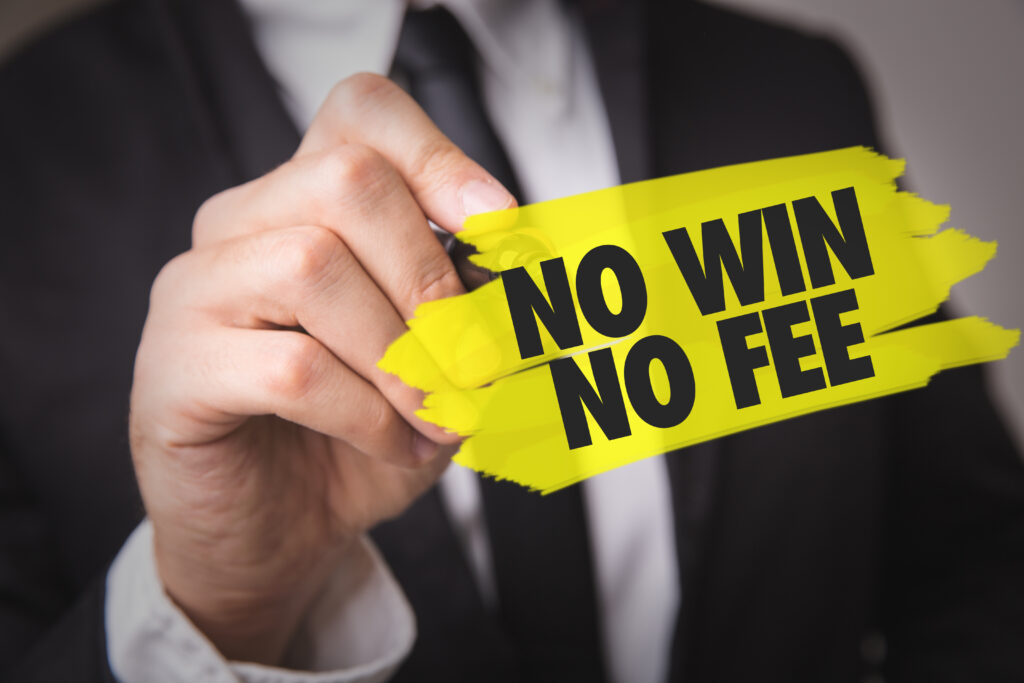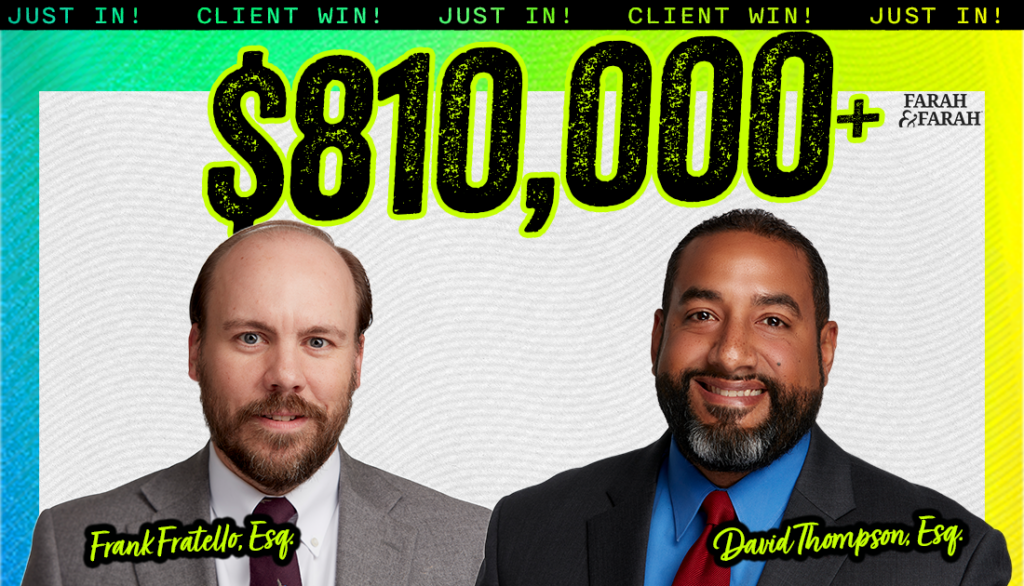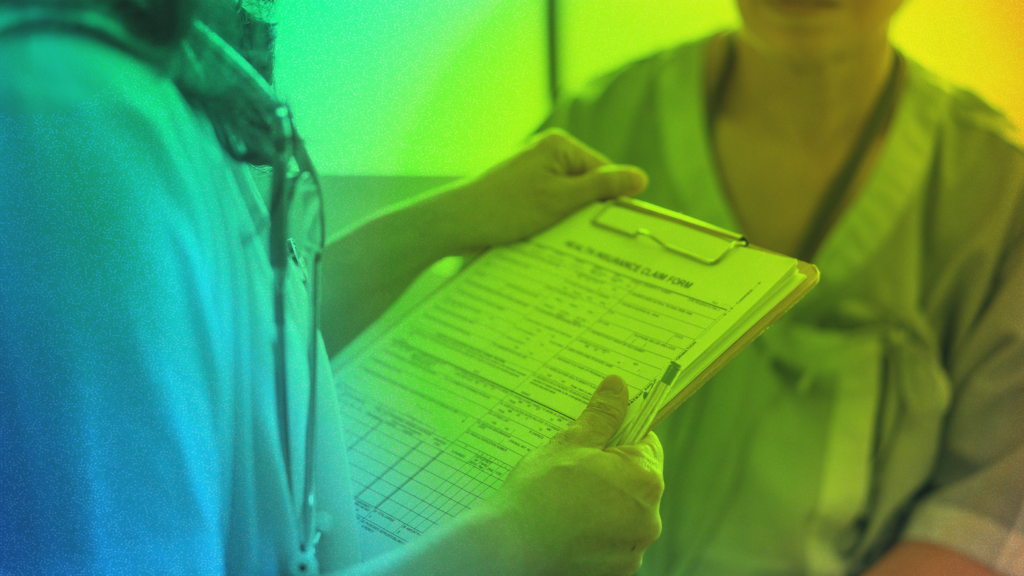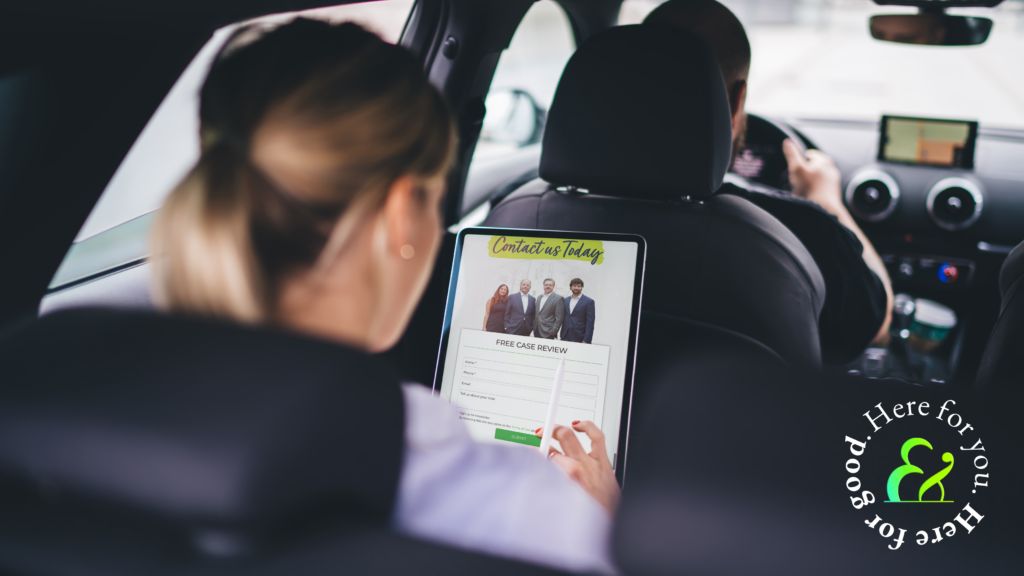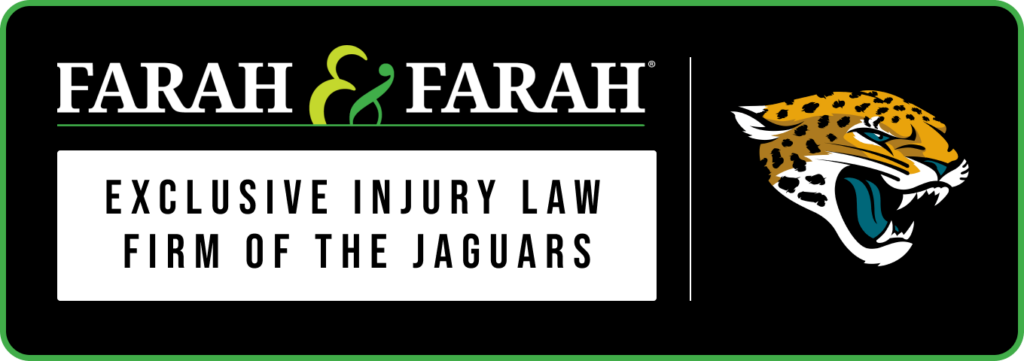Florida Child Abuse Lawyers
In Florida, child abuse is a third degree felony punishable by a prison sentence, fine, or probation, depending on the severity of the abuse and the judge presiding over the case. What many don’t know, however, is that child abuse can also be a civil case. Whether a child abuse case is taken to criminal court or not, the victims of a child abuse case can take the perpetrators to court in a civil lawsuit in order to hold them financially accountable for their actions.
Home » Florida Personal Injury Lawyers » Florida Child Abuse Lawyers
If you or your child is the victim of any type of child abuse, you may have a civil case against the perpetrator. While criminal charges may also have been filed, you or your child may also be eligible for compensation for pain and suffering or medical costs or more. Contact the Florida injury attorneys at Farah & Farah for a free consultation regarding your case. You won’t have to pay a cent unless your case is successful.
What Is Child Abuse?
Child abuse is defined as any mistreatment or harm that is intentionally done to someone who is under the age of 18. There are a variety of different types of child abuse. They can occur either separately or simultaneously. The different types of child abuse are divided into five categories:
- Physical abuse
- Medical abuse
- Sexual abuse
- Emotional Abuse
- Neglect
Physical Abuse
Physical abuse is any mistreatment or harm that physically injures or harms the child. Physical abuse can result in bruises, broken bones, cuts, or other injuries, but may not always be readily visible.
Intentionally committing any of these acts against a child can be considered physical abuse:
- Burning
- Scalding
- Poisoning
- Shaking
- Biting
- Hitting
- Throwing
- Suffocating
- Drowning
- Slapping
- Slapping
- Tickling (if non-consensual)
- Withholding sleep
- Withholding medicine
- Withholding food
- Tying a child into a stressed position
- Forcing a child into a stressed position
- Fabricating symptoms of an illness or condition
- Inducing illness
This list is not exhaustive, however. Any type of physical harm can be considered physical child abuse if it’s intentional and causes harm.
IS CORPORAL PUNISHMENT A FORM OF CHILD ABUSE?
While corporal punishment, such as spankings or paddlings, or even beatings with an object such as a belt, were common forms of punishment for misbehaving children in the past, they’re now widely considered to be forms of physical child abuse. In some countries, it’s illegal. Where corporal punishment is legal, there are limits regarding the severity of the corporal punishment.
For example, when it comes to parents spanking their children, there may be a legal line at which corporal punishment becomes abuse, such as if it leaves bruises. In Florida, spanking as a form of discipline is legal, but causing physical or emotional harm to a child is not. Some experts consider any form of corporal punishment to emotionally harm a child, even if it isn’t considered physical abuse.
Medical Abuse
Medical child abuse is any action that results in a child receiving unnecessary medical treatment or that otherwise puts a child at risk of harm. For example, falsifying or exaggerating the symptoms of an illness or deliberately inducing an illness that the child didn’t have are considered medical child abuse.
WHAT IS MUNCHAUSEN’S SYNDROME?
Munchausen’s syndrome is a mental disorder. People with the disorder act as if they have an illness or condition that they don’t actually have. People with Munchausen’s syndrome may:
- Lie about symptoms
- Fake symptoms
- Exaggerate symptoms
- Deliberately induce symptoms
- Hurt themselves
- Alter test results
WHAT IS MUNCHAUSEN’S SYNDROME BY PROXY?
Munchausen’s syndrome by proxy is when a parent or other caregiver experiences Munchausen’s syndrome on behalf of their child or the person they’re caring for. Someone with Munchausen’s syndrome by proxy would lie about or fake symptoms or deliberately produce those symptoms in someone they’re caring for. It’s considered a form of medical abuse because it can result in harm caused by unnecessary medical intervention.
Sexual Abuse
Sexual child abuse is any kind of action that forces a child to either experience or participate in a sexual act. If the other person is aroused by the action, then it can qualify as child abuse if a child is either forced to or invited to participate. The child doesn’t have to understand what’s going on for it to still qualify as sexual abuse. There doesn’t have to be violence, force, or even contact for the action to be sexual child abuse.
The following acts can be considered sexual child abuse:
- Any penetrative assault, including vaginal, anal or oral
- Touching on the outside of clothing
- Rubbing
- Kissing
- Masturbating
- Watching someone else perform a sexual activity
- Showing a child one’s genitals
- Forcing or inviting a child to undress with the purpose of sexual gratification
- Getting a child to watch a sexual activity
- Telling dirty jokes
- Telling dirty stories
- Showing a child sexual material, including videos, images or toys
- Masturbating
- Watching someone else perform a sexual activity
- Encouraging a child to behave in a sexually inappropriate way
- Grooming a child for future sexual activity or abuse
Sexual child abuse can be committed by adult men and women but also by another child. Typically if sexual abuse is carried out by another child, the perpetrator is a teenager who has already reached puberty, but can also be younger children. Anyone who commits any act of sexual activity with a child commits sexual child abuse, no matter the age or gender of the perpetrator.
Emotional Abuse
Emotional child abuse is abuse that harms a child emotionally and mentally. Emotional abuse can include anything that harms a child’s emotional health and self-esteem. Verbal and emotional assault are both forms of emotional abuse. Emotional child abuse can be anything that makes a child feel unloved, worthless, not good enough, or only valued in terms of the perpetrator’s needs.
Some examples of emotional abuse include:
- Silencing
- Ridiculing
- Not allowing a child to express opinions
- Threatening a child
- Shouting at a child
- Withholding physical affection
- The silent treatment
- Mocking how a child acts or communicates
- Preventing a child from normal social interaction
- Telling a child they were a mistake
- Telling a child they are no good
- Mistreating someone else in front of a child
- Bullying (including online)
- Emotional blackmail
The other types of child abuse most likely will also cause emotional abuse. However, emotional abuse can also stand alone.
Child Neglect
Neglect is the failure to meet the basic psychological or physical needs of a child. These needs include food, shelter, clothing, education, affection, healthcare, and supervision. Neglect is the deprivation of any of these basic needs in a way that results in harm to the child’s health or in the impairment of the child’s development.
Child neglect can include:
- Not providing food
- Not providing medical care
- Not providing clothing
- Locking a child in a closet or room
- Not providing shelter
- Excluding a child from the family home
- Abandoning a child
- Leaving a child unattended for long periods of time
- Leaving a child unattended so the child experiences injury or other harm
- Leaving a child in a situation that can cause them harm
- Placing a child in a situation that can cause them harm
Children have both physical and emotional needs and neglect is the failure to meet those needs. Not responding to a child’s needs can also constitute neglect.
How to Recognize Child Abuse
Even one case of child abuse is one case too many. Therefore, it’s important to be able to recognize the signs of child abuse can help to prevent further abuse before it happens. The signs of child abuse may differ depending on the type of child abuse that is occurring. If a child is being abused, multiple or all types of child abuse may be occurring at once, not just one.
It’s also important to consider that some signs of child abuse may also be signs of something else. While preventing child abuse is important, it’s also important to be certain that the symptoms are being caused by child abuse and not something else.
Signs of Physical Abuse
It’s not unusual for children to fall in the midst of play. Bruises or broken bones may not always be signs of child abuse. Because many things that are signs of physical child abuse can also be caused by other things in a child’s life, such as sports or playing outside, it’s important to look closely at these signs and investigate further if abuse is suspected.
The following can be signs of physical child abuse:
- Injuries that reveal a pattern, such as the same type of injury repeatedly
- The child cries or protests when they have to go to a certain location, such as someone’s house, school, or somewhere else abuse could happen
- The child flinches when touched
- The child appears to be afraid of a specific person
- The child is watchful and wary, as if expecting that something bad will occur
- The child talks about being injured by someone
- The child wears clothing that’s inappropriate for the weather, such as wearing long sleeves in warm weather, to cover up injuries
- Unexplained injuries such as:
- Unexplained injuries such as:
- Bruises
- Bites
- Burns
- Broken bones
- Black eyes
- Abandoning a child
SIGNS OF PHYSICAL CHILD ABUSE IN ADULTS
If a child is being physically abused, they’re not the only ones who may exhibit warning signs. An adult that is abusing a child may also present behavior that provides a clue as to what is really going on. These signs of abuse in the adults that may classify them as perpetrators include:
- Behave unpredictably
- Have no clear boundaries
- Have no clear rules
- Lash out angrily at a child instead of explaining something
- Appear harsh or overly severe with the child
- Threatens physical punishment to control the child instead of teaching the child rules
Signs of Medical Abuse
Medical child abuse is typically uncovered by medical professionals. Doctors can compare the stated symptoms of a child’s condition with the results of their examination and laboratory results as well as the child’s medical history. Physicians need to be alert when examining children and to keep in mind that Munchausen by proxy could be the true culprit. However, there are some rare diseases that may, due to their rarity, spark suspicions of Munchausen by proxy, so it’s important for doctors to be both vigilant and thorough so that children do get medical care that they need but don’t get unnecessary care that may harm them.
Signs of Sexual Abuse
If a child is experiencing sexual abuse, they may exhibit the following signs:
- Pregnancy, especially in children under 14
- STDs, especially in children under 14
- Nightmares
- Running away
- Withdrawal from family, friends, and others
- Fear or avoidance or a specific person
- Bedwetting when the child didn’t before
- Mood changes
- Appetite changes
- Discussing being abused sexually
- Having knowledge of sexual matters inappropriate to the child’s age
- Bizarre or unusual sexual knowledge
- Difficulty walking
- Difficulty sitting down
Sexual child abuse is most commonly committed by someone close to the child. This person will most likely have told the child to keep the abuse a secret or may have threatened the child. It’s possible that an adult who is sexually abusing a child had been sexually abused themselves when they were a child.
Signs of Emotional Abuse
If a child is being emotionally abused, the child my exhibit some or all of the following symptoms:
Appearing afraid
- Appearing withdrawn
- Appearing anxious
- The child lacks attachment to their parent or their caregiver
- The child behaves in a way that is age-inappropriate, for example an older child exhibiting typical behavior of a younger child
- Exhibiting extreme behavior, either positive or negative
Signs of Neglect
A child who is being neglected may show the following signs of neglect:
- Unmet medical needs
- Unmet dental needs
- Unwashed body
- Unwashed hair
- Unwashed clothes
- Frequently absent from school
- Needs glasses but doesn’t have them
- Missing money or food, such as bus far or lunch
- Wearing unsuitable clothing for the weather
- Always wearing the same clothing
- Using drugs
- Drinking alcohol
- The child says that no one looks after them
SIGNS OF NEGLECT IN ADULTS
If adults are neglecting a child, then it’s possible that the adults are experiencing difficulties themselves. Single parents, very young parents, or parents who were neglected themselves or who otherwise experienced difficulties in their own childhoods may be more at risk for neglecting their own children. In these cases, the adult neglecting the child may need help and support that could help them better care for both themselves and their children.
The signs of an adult neglecting a child who may need help themselves can include:
- Stress
- Little or no support
- Substance abuse
- Alcohol abuse
- Mental illnesses that haven’t been treated
- Not knowing how to care for the child
How to Report Child Abuse
If you suspect a child is being abused, it’s important to report it as soon as possible. Even if you don’t know for certain that child abuse is occuring or what type of abuse the child may be experiencing. The relevant authorities can investigate your report and determine whether abuse is occurring and what kind it may be. If abuse is left to continue long-term, a child can experience more than just the immediate negative impacts of the abuse.
If the child in question is your own and you suspect someone is abusing your child, remove them from the situation immediately.
To report child abuse to the authorities, call 911 if the child is in immediate danger, or call either the Childhelp National Child Abuse Hotline at 1-800-4-A-CHILD (1-800-422-4453) or the Prevent Child Abuse America hotline at 1-800-CHILDREN (1-800-244-5373).
How to Reduce the Risk of Child Abuse
While you may not be able to completely prevent abuse, there are some steps you can take that can help reduce a child’s risk of being abused. If you are a parent, you should:
- Talk to your child about what is inappropriate behavior
- Talk to your child about what is unsafe
- Role play how to respond and how to get help
- Make sure your house is safe
- Make sure your child isn’t left alone
- Make sure that you have open communication with your child so that they feel comfortable telling you if any abuse occurs
It’s also a good idea for parents to have good relationships with anyone who provides caregiving to their child or children. Not only can getting to know caregivers help to prevent abuse but it can also help parents share with the caregiver appropriate ways of disciplining a child that is misbehaving. On top of that, the more trusted people are caring for the child, the more people there are who can keep an eye out for signs of abuse.
Is Child Abuse a Civil or Criminal Case?
People who have committed child abuse can be tried in a criminal trial and also be sued in a civil court. The criminal trial would be brought to court by the state and, if convicted, the perpetrator could see jail time. A civil lawsuit allows the victims to pursue monetary damages for pain and suffering, medical bills, and more. A child abuse case can be both criminal and civil. Typically, if it’s both, the criminal case comes first and then the civil case.
The primary difference between a criminal and civil case is that the focus of a criminal trial is to punish the abuser for the crime and the civil case is focused instead on compensating the victims.
Child Abuse Lawsuits
A civil lawsuit may be easier for the plaintiffs to win than a criminal trial. This is because a civil lawsuit operates under a different burden of proof. In a criminal case, the jury has to be certain beyond a reasonable doubt that the defendant is guilty. However, in a civil case, because jail time isn’t on the line, the standard of proof is lower. Plus, a civil case can be brought against multiple defendants, including not just an abuser but also anyone who played a role in allowing the abuse to occur.
Who Can Sue in a Child Abuse Case?
In a child abuse case, either the child or the child’s parents or guardians can initiate a lawsuit. If the child was abused as a minor but has since turned 18 and the case is still within the statute of limitations, then the child can bring their own lawsuit. Otherwise, it would be the parents or guardians of the minor child who would initiate the lawsuit.
Who Is Liable in a Child Abuse Case?
Of course, the perpetrator of any abuse would be a liable party in a civil lawsuit. However, there may also be others who may be at least partly liable for the abuse. For example, if a child was abused at a school, the school could be included in the lawsuit for failing to prevent the abuse.
Statute of Limitations
There is a statute of limitations in child abuse cases. This means that there is a time limit on filing a civil lawsuit after the abuse took place.
Should I Consider a Child Abuse Lawsuit?
If you were abused as a child or if you’re a parent or guardian of a child who has been abused in any way, you may have a case. While child abuse is a criminal offense, a civil lawsuit can be filed against not only the perpetrator of the abuse but also any person or organization that was negligent in preventing the abuse from occurring. Regardless of the results of a criminal trial, a civil lawsuit can help provide compensation and relief to the victims of child abuse.

Let us help you fight for justice against the people responsible for child abuse. Even one instance of child abuse is too many. It’s our duty as adults to protect children from any kind of abuse. If abuse has already occurred, we can help you to seek the compensation you deserve. Don’t wait for the statute of limitations to run out on your case. Contact Farah & Farah for a free consultation. You won’t have to pay anything to us unless your case is successful.

free case review
Client Testimonials

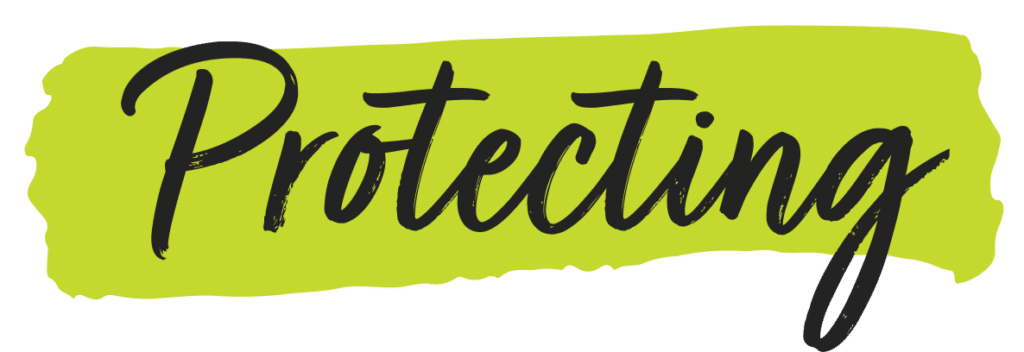
YOU AND YOUR FAMILY
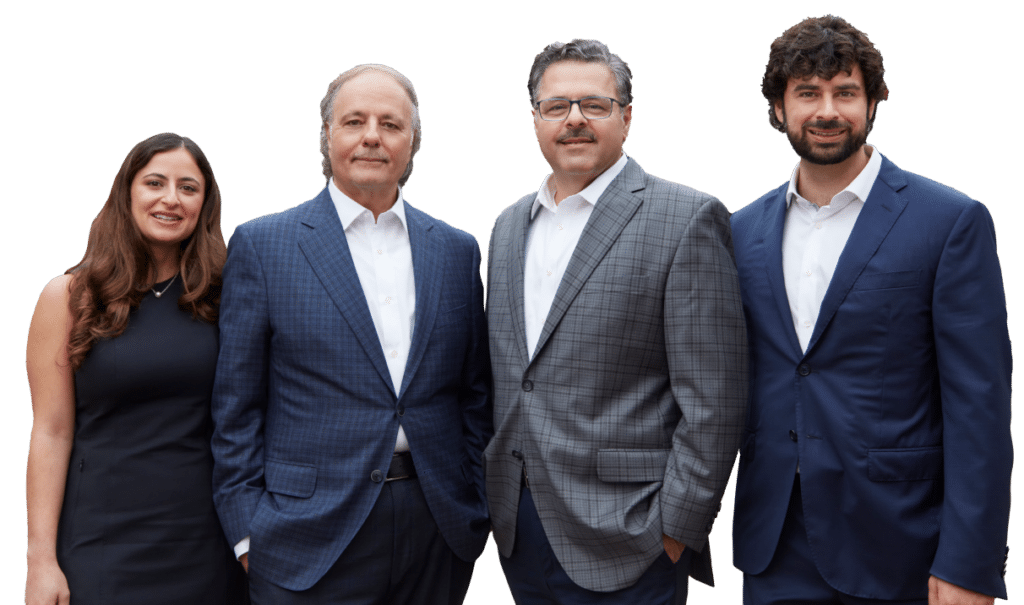
Injured?
Related Blogs








